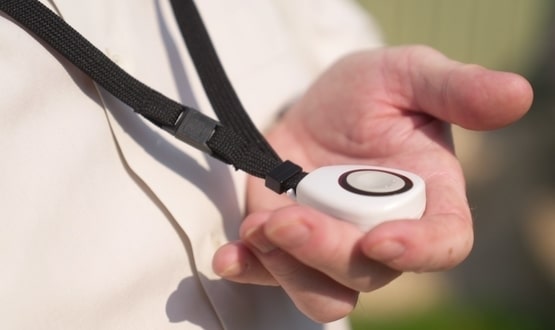European telecare project reports success
- 12 April 2006
A major project funded by the European Commission into video communications in telecare has concluded that while such systems are well received by older people, to be truly effective the IT needed to be further integrated with other devices such as alarm systems.
The IST@HOME project lasted six months and supplied 600 homes in Germany, Berlin, Spain and Portugal with a videophone system that worked through the user’s TV with a camera, set-top box and remote control.
As well as allowing people to have videophone conversations with their carers, the set-top box gave access to multimedia services, control of alarms and other devices.
The users, who were also given tablet PCs with videophone functionality they could set up in any other room in the house, said they were pleased with the systems and would like to continue with them.
"Our goal was to allow users to communicate from any room in the house and to talk to service staff via a TV set rather than a desktop PC," said project coordinator Simon Robinson from Bonn-based research and consulting firm Empirica, adding that they wanted to focus less on the technology and more on communication and user experience.
Service staff noticed a number of issues with the system as tested, mainly the synchronisation between video and voice, quality of connection and integration with the other devices installed, such as the alarms or mobile clinical devices.
"What is important for two-way communications is frames for second – ideally 24 when there is movement, the screen resolution of each picture, and speed to code," said Robinson, who added that home wireless networks were also found to be too unstable to carry a videophone connection.
The equipment used in the project is currently on show at the headquarters of Portgual Telecom in Lisbon.
Links




